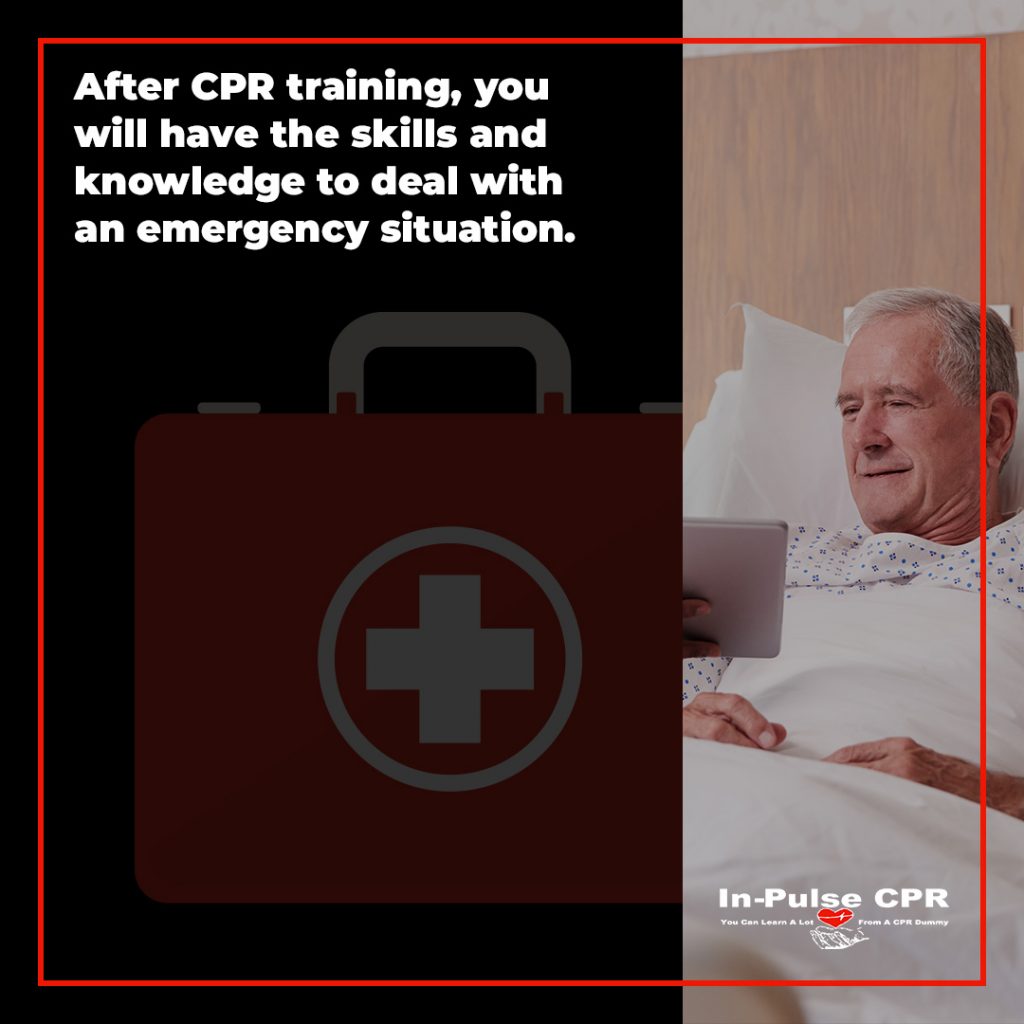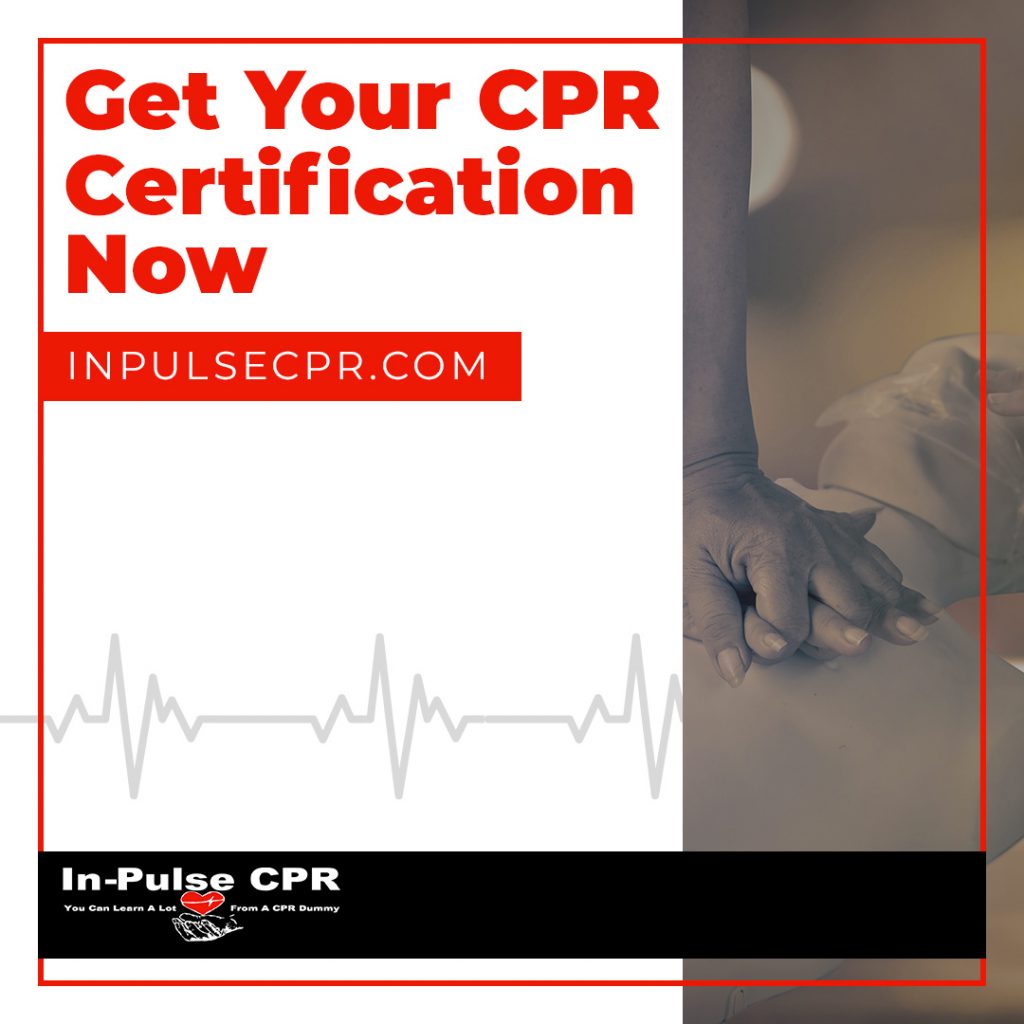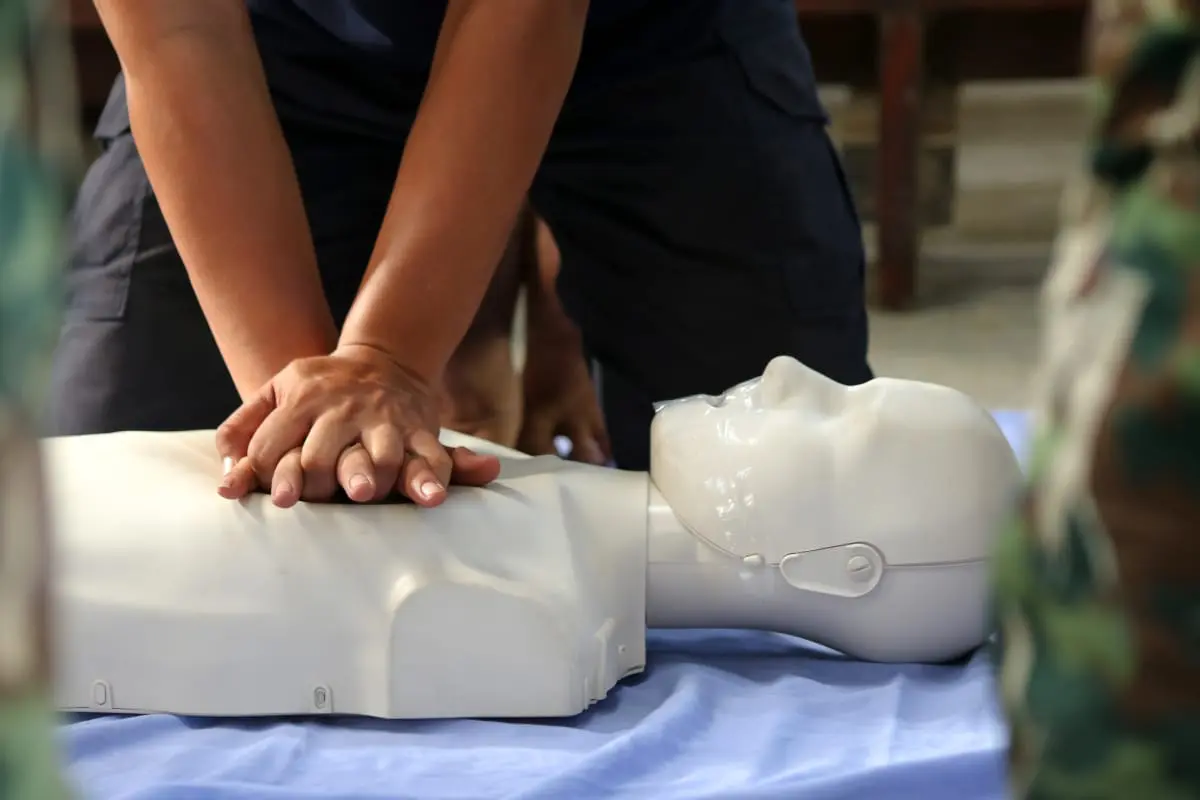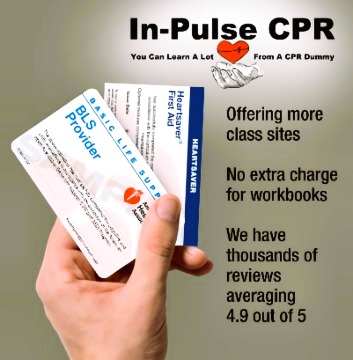What To Expect From Your CPR Classes
Depending on the work you do and how you spend your free time, you might feel like everyone in the world has already taken a CPR class. It’s especially common for people who work in the medical, recreation, and public service industries. For many of those folks, they may very well be on their 10th or even 20th CPR certification class.
However, there are still plenty of people who are considering a CPR class or are scheduled to take their very first one, and aren’t really sure what to expect. After all, how exactly do you train and prepare to save someone’s life?
At In-Pulse CPR, we teach AHA accredited CPR classes in three different states — Florida, Minnesota, and Pennsylvania — all year round, so we know what you’re getting into. In today’s blog, we will take a look at what to expect from your first CPR class. Read on to learn more, or if you are still looking for an organization to certify with, sign up for one of our CPR courses in your area today.
Public and Private CPR Classes
First off, your CPR class may look a little different depending on whether it is a public course — a scheduled date that anyone from any organization can attend — or a private class for a small group.
Public classes tend to take place in public venues and have more students and instructors. These tend to feel a bit more like a traditional classroom environment because of the size and setup.
Private CPR classes for small groups are usually held at the facility that organized the training, such as a school, workplace, or non-profit. These classes may have as few as five participants and a single instructor, or they can be significantly larger.
Either way, you’ll have plenty of access to ask questions, view demonstrations, and apply what you have learned.
CPR For All Ages
In a Heartsaver CPR class from In-Pulse CPR, you’ll learn the everything you need to know about CPR for adults — more of which will be listed below — but you will also receive instruction and training on how to modify your CPR techniques if you are performing resuscitation on a child, an infant, or an eldery person in a more fragile physical condition.
Assessing & Assisting
Another thing you can expect to learn at your CPR class is how to properly assess the situation and determine what kind of assistance you need to provide.
The first thing you’ll cover is scene safety – determining if an unconscious person, or yourself, is still in a clear and present threat of harm or death.
From here, you’ll learn how to effectively check for responsiveness and breathing, as well as receive training on how to understand and utilize the best practices for delegating emergency tasks like contacting emergency medical services.
From here, you’ll receive guided instruction and practice with a CPR doll for situations involving both airway blockage removal (helping someone who is choking) and CPR.
Performing CPR
The next part of your 4-hour long CPR class will cover training, demonstrations, and practice with providing assistance for choking and assistance for breathing and circulation.
This training will include learning about how to provide breathing assistance and chest compressions when performing CPR as well as the various alterations that are made for special circumstances such as using CPR on a small child.
AED Walkthrough & Demonstration
Finally, you’ll be introduced to an AED — and Automated External Defibrillator. These incredible life saving devices are found in most public spaces and offer an effective and relatively simple way to restart or stabilize someone’s heart.
Even though it is in the name — automated — many people don’t realize that an AED does all of the hard work for you. However, it is still important to understand what they look like, where they are found, how they are activated, where pads are placed, and what to do after use.
Sign Up For Your Heartsaver CPR Class with In-Pulse CPR Today
All in all, CPR classes are informative, applicable, and even though we are working through a serious subject, quite a bit of fun. At In-Pulse CPR, our goal is to provide a CPR class that meets the standards of the AHA, qualifies for virtually any CPR certification needs, and helps you be prepared to save a life. Sign up for our Heartsaver CPR classes today, or if you are a healthcare worker, sign up for our BLS CPR classes.











